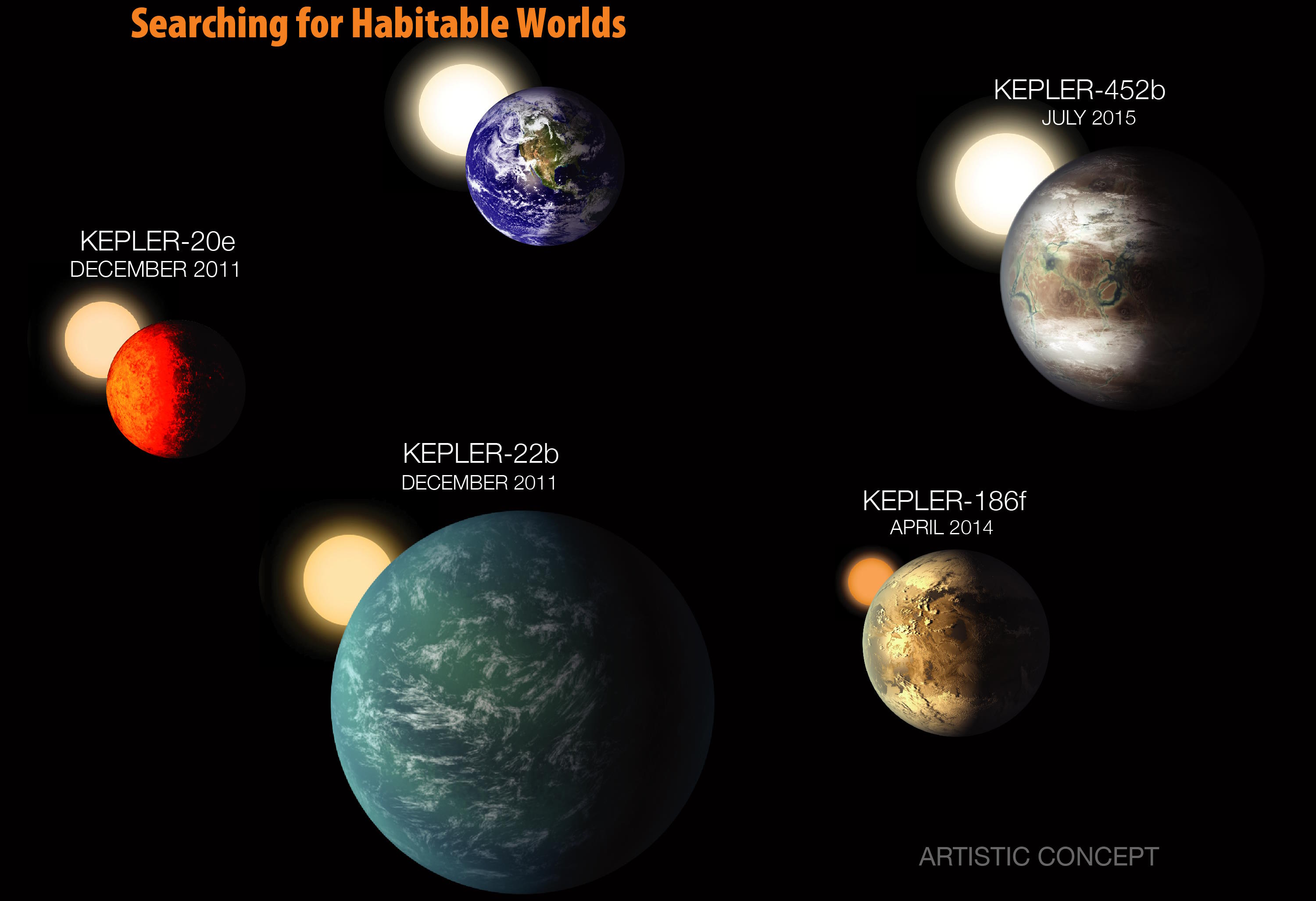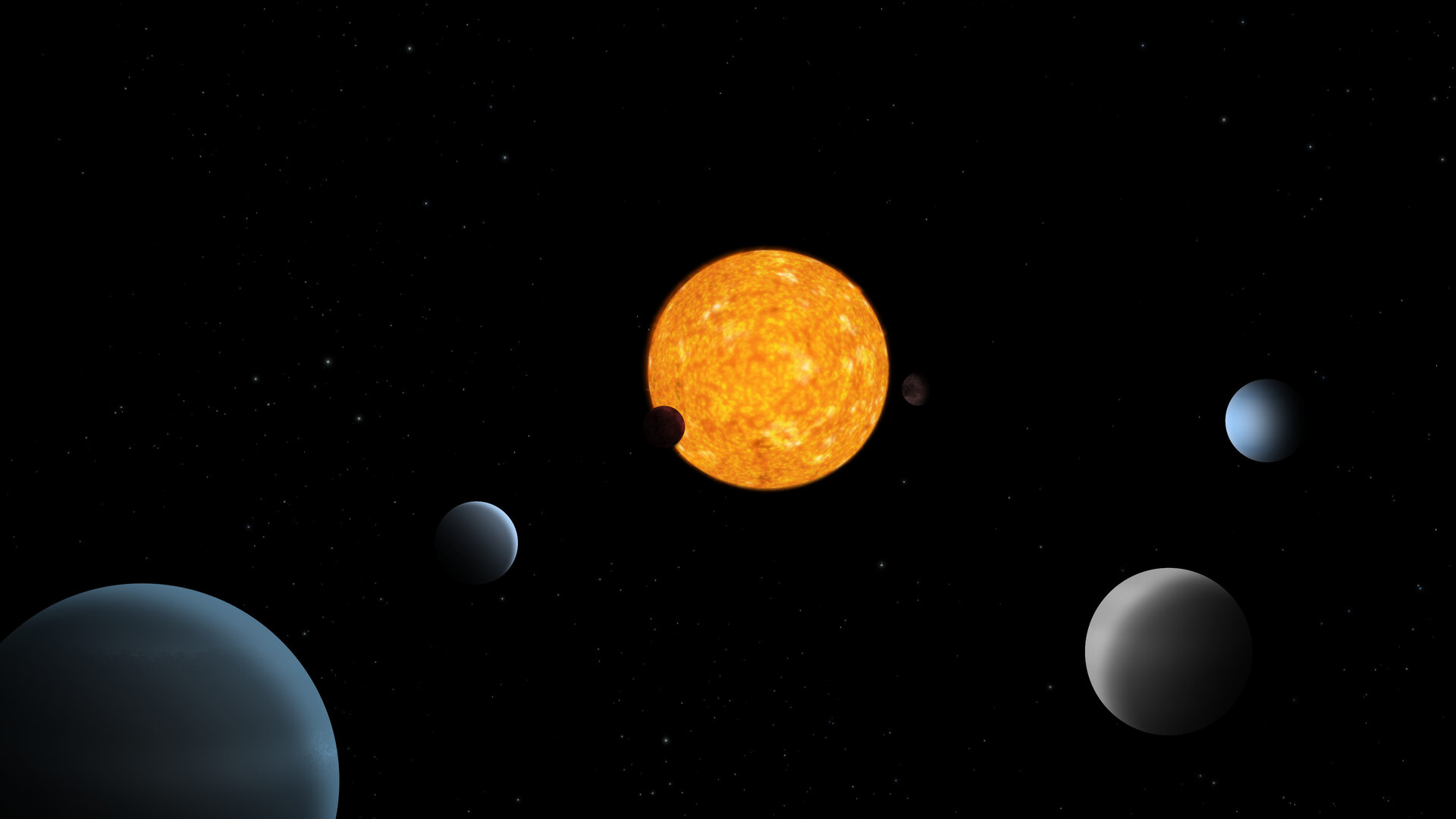Is there a planet out there even better than Earth?

- It is possible that “superhabitable” planets — that is, those with the capacity to host more biomass and biodiversity than Earth — exist.
- But there are many factors that influence habitability, such as the size and age of the planet, as well as the presence or absence of an atmosphere, magnetic field, and plate tectonics.
- When it comes to hosting life, it might be that Earth is as good as it gets.
For us humans, our home planet of Earth is about as perfect as it gets. This shouldn’t be surprising since we evolved here, and natural selection made sure that we were well adapted to the environment. That holds true for all the species on our planet — at least until conditions change and new adaptations are required for survival.
When we talk about the habitability of a region or a planet, we mean the capacity to support life. And as practical measures, the amount of biomass and biodiversity serve to quantify how habitable a place is.
Earth has a vast biosphere, with a huge amount of biomass, mostly in the form of photosynthesizing organisms. It also has a lot of biodiversity. So, if we are to look for a world more habitable than Earth, we need to find a place with even more biomass and biodiversity. Such planets — still theoretical — are sometimes referred to as “superhabitable.” But are they real? René Heller from the Max-Planck Institute in Göttingen, Ed Guinan from Villanova University, and I have argued that the answer is yes. And we propose a number of ways they could come to exist.
Superhabitable planets
One way is to replace our yellow dwarf G-class star (the Sun) with a K-class star, or orange dwarf. K-stars would offer a radiation environment that’s less harsh, especially in the ultraviolet and X-ray spectra. K-class stars also live longer — 15 billion years or more — providing more opportunity for planets to give rise to life and sustain it. Earth, on the other hand, will become uninhabitable for humans in about one billion years, and it might cease to exist altogether when our Sun becomes a red giant a few billion years later.
We also might look for certain environmental parameters that would improve the habitability of a planet. Without its atmosphere, magnetic field, and plate tectonics to recycle the crust, Earth might not have such a large global biosphere. Yet things could have been better. Our planet has gone through extreme climatic swings. During so-called Snowball Earth events, most of the planet was glaciated and covered by ice, which reduced biomass and biodiversity. During the Carboniferous period, though — about 360-300 million years ago — large rain forests and swamps covered much of Earth, and oxygen levels were so high that giant insects with huge wingspans were buzzing around. Earth was in ways even more habitable than it is today.
Therefore, when we talk about the habitability of Earth — and this is an important point — we need to specify when in our geologic history we mean. (One of my graduate students is currently researching just how much variation there has been over time, and what the critical factors are in this variation.)
Just what kind of environmental factors would make a planet more habitable than Earth? This gets a bit tricky. Much depends on the specific habitats and how fragmented they are, and not every location on even the lushest planet will be suitable for life. Rain forests, for example, will have more biodiversity than deserts, whether they are cold Arctic deserts or warm ones like the Sahara. Coastal areas are richer in biomass than the open ocean or dry inland areas. Thus, the distribution of land and ocean will make a difference. Ideally, you want as many coastal areas close to sea level as you can get to increase the habitability of a planet.
How about a rocky planet more massive than ours, a so-called Super-Earth? Is bigger better when it comes to habitability? Well, it depends. If the planet is just a little bigger than Earth, that may indeed be beneficial, as the larger surface area should translate to more biomass and biodiversity. And the greater gravity should produce a thicker atmosphere, encouraging the evolution of flight and expediting life’s spread to all parts of the globe. However, we have to be careful here. If our telescopes spot some distant planet that appears to be the right size, it may turn out to be a gaseous mini-Neptune instead of a Super-Earth. Nobody knows at present where the size cut-off is, and some scientists speculate that it may be when a planet is merely 50% more massive than Earth.
How about age as a habitability factor? We might think an older planet would be more life-friendly because on our own world biomass and biodiversity generally have increased with time (aside from some mass extinctions and adverse climatic swings). But Earth may be an exception. The longer a planet exists, the higher the likelihood the life on it could be destroyed by cosmic mayhem such as a huge asteroid impact or supernova explosion. Or it may just run out of steam — that is, the internal radiogenic energy source critical to sustaining a magnetic field and driving plate tectonics.
No place like home?
Where does this leave us? A planet’s carrying capacity for life can surely be raised if we fine-tune the “environmental screws,” so to speak. We can certainly imagine and perhaps even come up with a formula for a planet more habitable than Earth, a superhabitable world. But I suspect Earth is very close to the optimum, as evidenced by our rich global biosphere. As we venture into space, we may discover that there is in fact no place like home.





